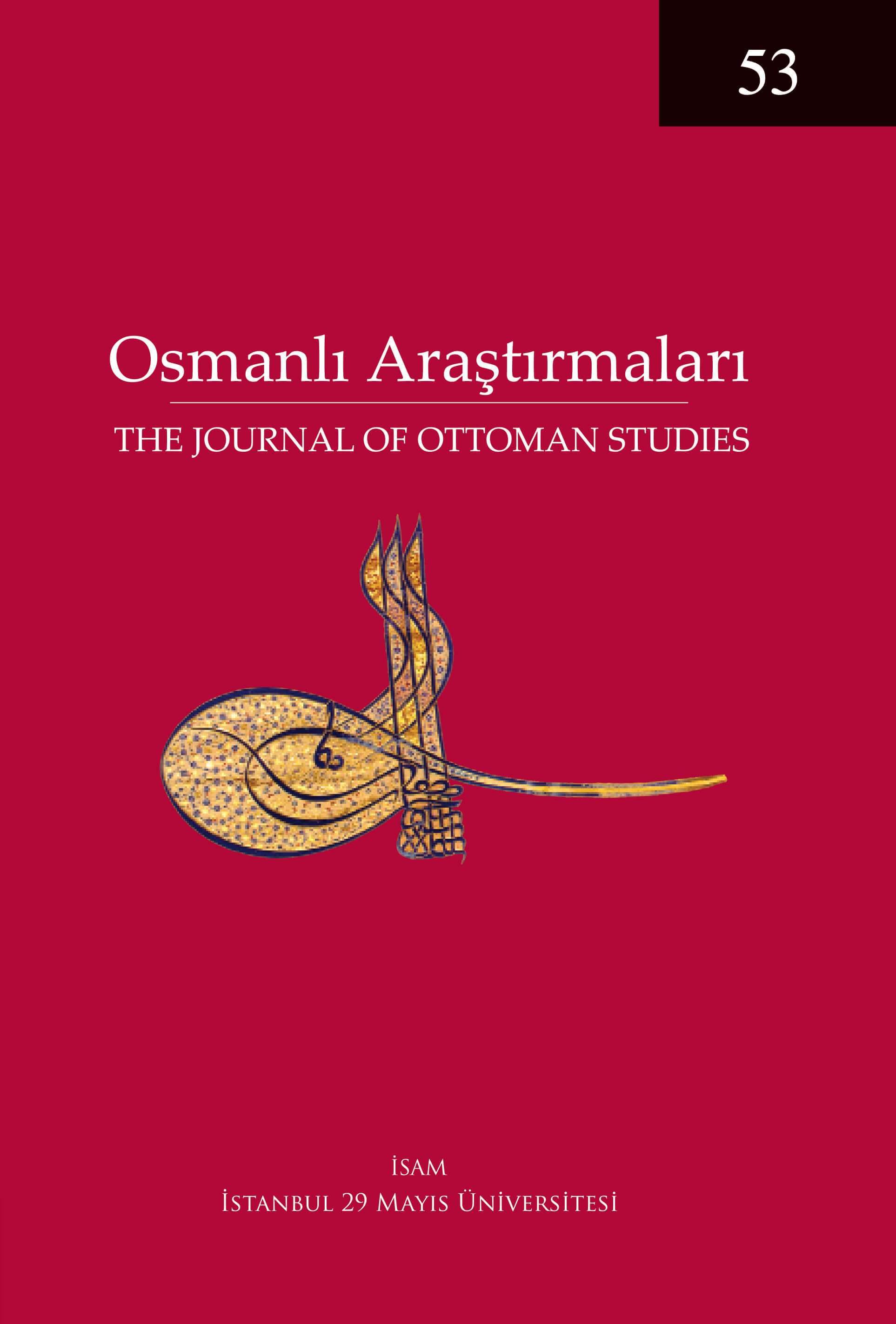The Syriac Orthodox Church in the Late Period of Ottoman State and the Administration of the Syriac Orthodox Community
Keywords:
Ottoman Millet System, The Syriac Orthodox Community, Armenian Patriarchate, First World WarAbstract
The Syriac Orthodox Community in the Ottoman State were adminis-tratively affiliated with the Armenian Patriarchate. Only the Greeks, Armenians and Jews were accepted as non-Muslim nations in the millet system organized by Fatih Sultan Mehmet after the conquest of Istanbul. Other Christian groups except for the Greeks and the Armenians were administratively linked to the Greek or Armenian Patriarchate. The Syriac Orthodox Community were in charge of the Armenian Patriarchate. This administrative structure continued until the 19th century. Hereafter the classical millet system would undergo change. The state began to recognize some Christian communities other than the Greek, Armenian and Jewish as separate millets, and to give the existing millets some constitutional rights different from previous periods. The Syriac Orthodox Community failed to achieve such a right in this period. In the mid-19th century, they opened their own agency in Istanbul to carry out their relations directly with the state. Yet, this would not mean that the Syrians would perform their relations directly with the state. The Armenian Patriarchate was still an intermediary between The Syriac Orthodox Community and the state. This caused various problems with the Armenian Patriarchate and the Armenian millet, leading to struggles between the Armenian and Syriac Orthodox communities. The Syriac Orthodox Community officially applied for the right to be recognized as a separate millet under their own name in 1914, just like other non-Muslim millets living in the Ottoman State. With The Süryani Kadîm Milleti Nizamnamesi, the Syriac Orthodox community appealed for the constitutional rights which were acquired by the Greek, Armenian and Jewish millets 50 years ago. In this paper, the administrative process experienced by the Syriac Orthodox millet under the Ottoman administration, the negative effects of Syriac Orthodox’s affiliation to the Armenian Patriarchate, the at-tempts to leave the Patriarchate, the Armenian - Syriac Orthodox strife experienced during these efforts and the statute demanded in 1914 will be examined. Through a detailed analysis of the contents of the “Nizamname”, the similarities and differences between the “Nizamname”s of the other non-Muslim millets will be shown.




